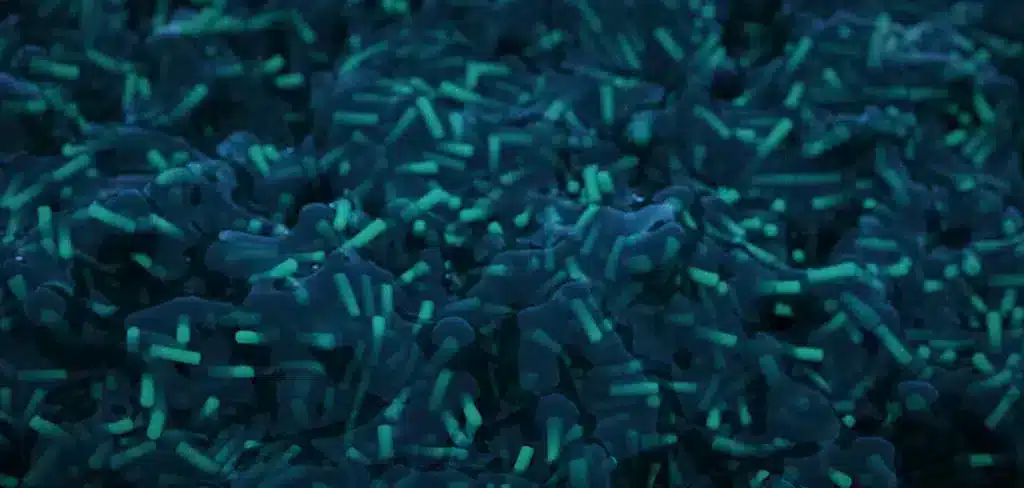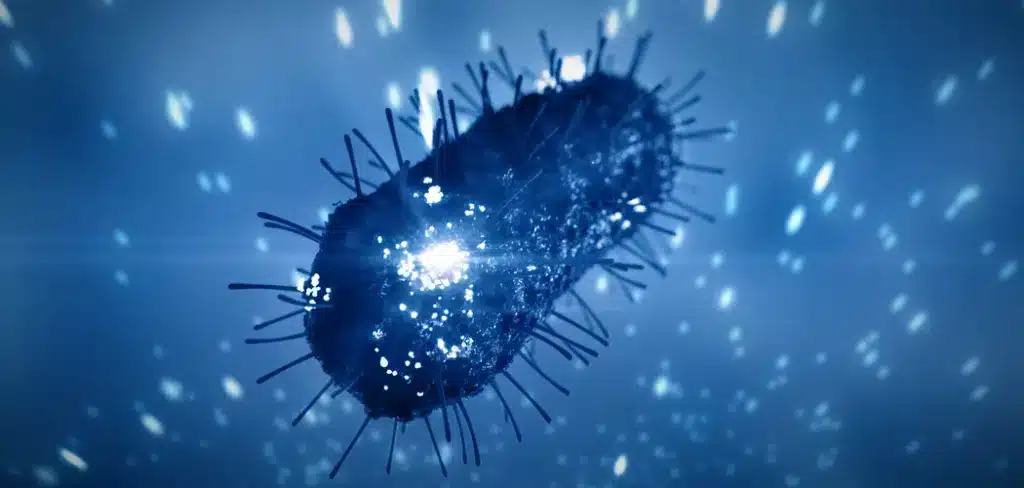Using UV Dose to Help Find the Right UV System
12 February 2024When identifying the right UV system for a specific water treatment project, UV dose is an essential part of the process. This makes understanding the basic principles of UV dose essential to achieve success with water disinfection by reaching the desired microorganism inactivation.
In this guide, you can expect to get an in-depth overview of what UV dose is and how it is used within water disinfection, how the UV dose is calculated using the UV dose formula, the differences between UV dose and UV intensity, and lastly how the UV dose is used to find the most suitable UV system.
What is UV dose and how is it used within water disinfection
The UV dose is a measure of the amount of UV energy that is absorbed by a microbial population over a given period, expressed in millijoules per square centimeter (mJ/cm²).
To ensure complete inactivation of the selected microorganism, UV dosing is tailored to each specific water treatment challenge. This is due to the fact that different microorganisms require different UV doses to become fully inactivated. Consequently, the term essentially explains the effectiveness of the applied UV light, as it concludes its success in terms of microorganism inactivation.
This makes it a crucial tool for engineers and water professionals, in order to design and implement the most efficient UV disinfection solutions for the specific challenge. Not least, it prevents selecting a UV system that is oversized, meaning that it is unnecessarily powerful for the task.
How UV dose is calculated using the UV dose formula
Let’s advance by seeing exactly how the UV dose is calculated.
To calculate the UV dose, the UV light intensity (measured in mW/cm²) is multiplied by the exposure time (in seconds).
The formula for calculating the UV dose is as follows:
UV Dose (mJ/cm²) = UV Intensity (mW/cm²) × Exposure Time (seconds)
A UV Dose calculation example
Let’s go through a quick example of a UV dose calculation.
In this example, we have a UV system with a lamp intensity of 30 mW/cm² (milliwatts per square centimeter). The water flowing through the chamber will be exposed to the UV light over 10 seconds.
We now use the formula as follows:
UV Dose (mJ/cm²) = UV Intensity (mW/cm²) × Exposure Time (seconds)
After filling in the values our equation will look like this:
UV Dose = 30 mW/cm² × 10 seconds
UV Dose = 300 mJ/cm²
As seen, the UV dose in this scenario is 300 millijoules per square centimeter.

The differences between UV Dose and UV Intensity
While being closely related, it is important to distinguish between UV dose and UV intensity.
In general, UV systems with higher intensities can deliver the required UV dose under shorter exposure times, which makes them suitable for applications with high flow rates.
UV intensity refers to the power output of the UV lamp (measured in milliwatts per square centimeter (mW/cm²)), which indicates how much UV light is available for disinfection.
UV dose on the other hand is the amount of UV light energy that is absorbed by the microorganisms, as it includes both the intensity and the exposure time.
In other words, the UV intensity relates to the power output of the UV lamps at a certain moment and location, while the UV dose relates to the amount of UV energy that the microorganism will receive.
Using the calculated UV Dose to find the right UV system
Selecting the right UV system is more complex than just matching UV lamps with water volume. It requires a thorough understanding of the specific water treatment challenge, including UV dose, and not least knowledge about the UV transmittance. It is important to acknowledge that different applications have unique requirements such as different microorganisms to target, water quality including UVT%, and flow rates.
In this context, several factors need to be considered, such as the lamp type (low-pressure vs. medium-pressure), reactor design, control systems, and more.
Choosing the right UV system for the specific water disinfection challenge involves a thorough understanding of several aspects, which includes assessing the following points:
- Matching UV dose with the targeted microorganism
Initially, disinfection usually deals with seeking to inactivate a specific type of harmful microorganism. As microorganisms react differently towards UV light, some types of microorganisms will require a higher UV dose to reach successful inactivation.
- Considering the water quality and the flow rate
As the effectiveness of UV systems depends largely on the water quality (such as UV transmittance) and flow rate, the chosen UV system must be able to handle the specific water quality conditions. Knowing the UVT% of the water to be treated is essential to proceed in finding the optimal UV system. Read more about UV Transmittance and its importance for water disinfection here.
- Energy efficiency and operational costs
While meeting the requirements for UV dose is the overall goal, this should be balanced with choosing the most energy-efficient system. Aim to choose the UV system that uses the least energy to reach the necessary dose, to lower the long-term operating expenses (OPEX).
- Adaptability
As water conditions can potentially vary over time, consider choosing a UV system that allows adjustable UV intensity to lower the power consumption during certain periods. This feature is called dose pacing, which helps maintain a stable and effective UV dose to ensure effective UV dose while preventing unnecessary energy use.
- Certifications
To meet the regulatory requirements, make sure that the UV system meets the relevant industry standards for the specific application.
- UV system configuration and design
Ultimately, the size and configuration of the UV system should be matched with the calculated UV dose. Choosing a supplier with an optimized reactor design and lamp placement ensures that the disinfection process is as efficient as possible.

Considering all of these factors means that the chosen UV system not only meets the specific requirements for water disinfection but also remains effective and efficient throughout its lifetime.
If you do not feel entirely comfortable with assessing all these points, it is worth consulting with a UV disinfection company to find the UV system that best fits your requirements.
In conclusion, a thorough understanding of UV dose is essential to identify the correct UV system for the specific water treatment challenge. The understanding and application of UV dose allow water treatment companies worldwide to supply customers with disinfection systems that are as efficient as possible while complying with the disinfection requirements.
If you need personal guidance for your specific UV disinfection challenge, feel free to reach out to us anytime by contacting our sales engineers at sales@ultraaqua.com – or by using the contact formula below.